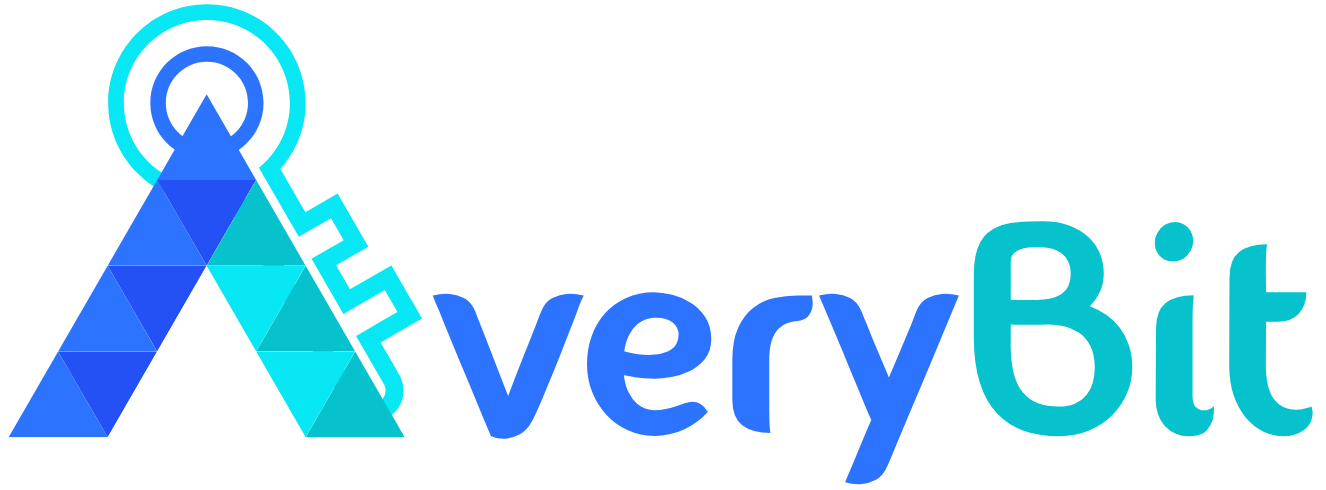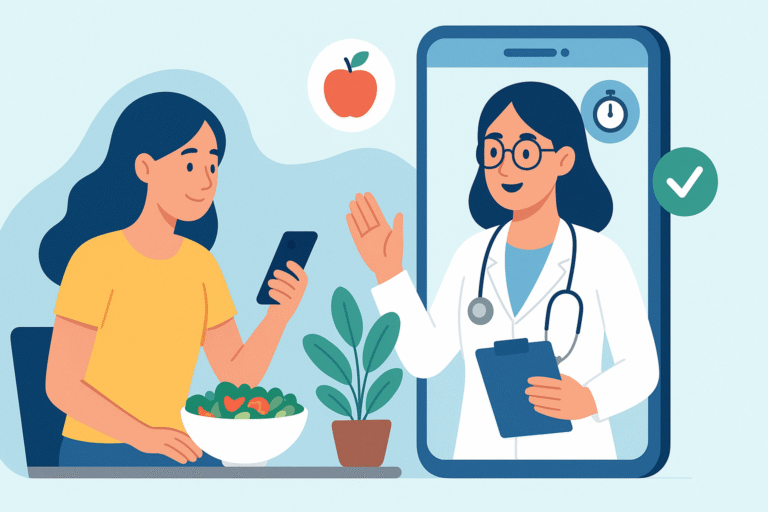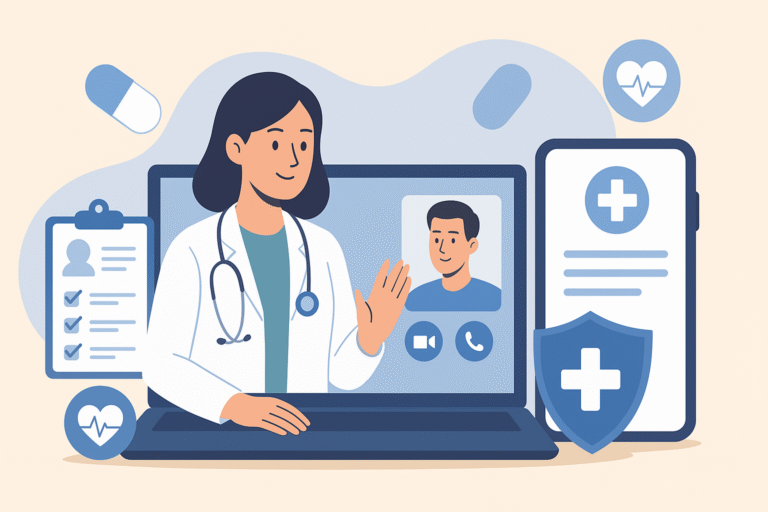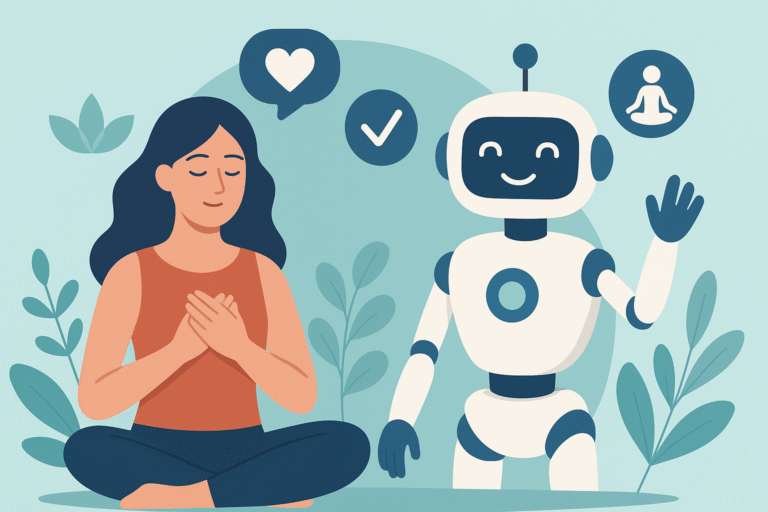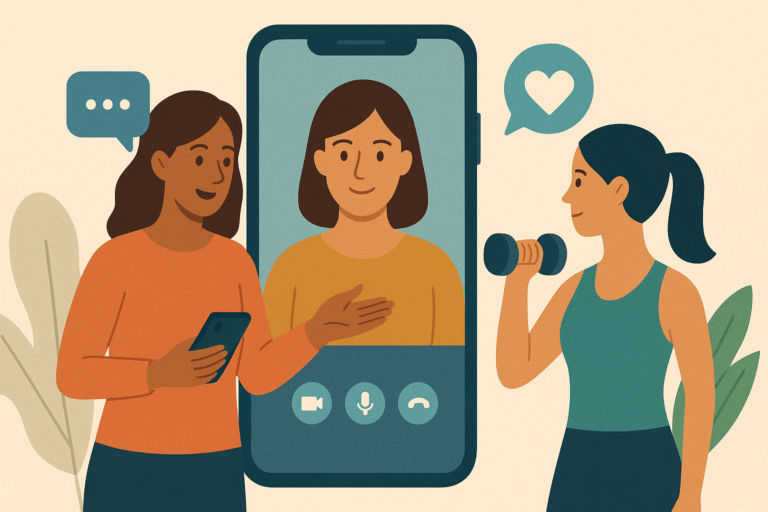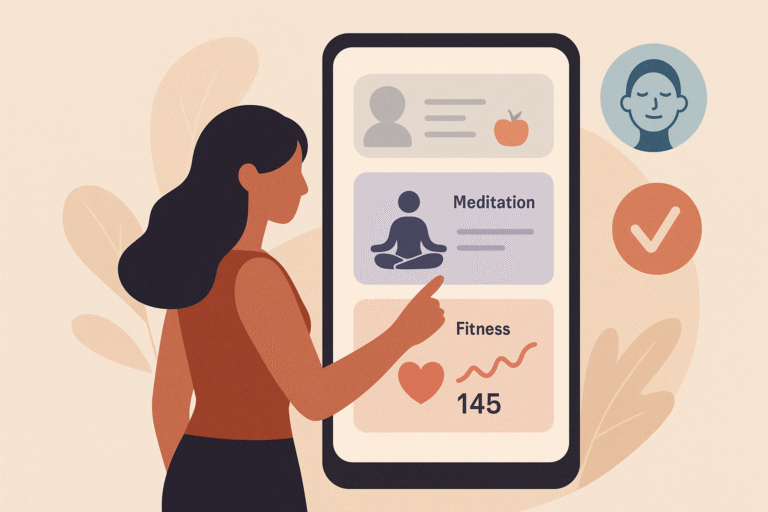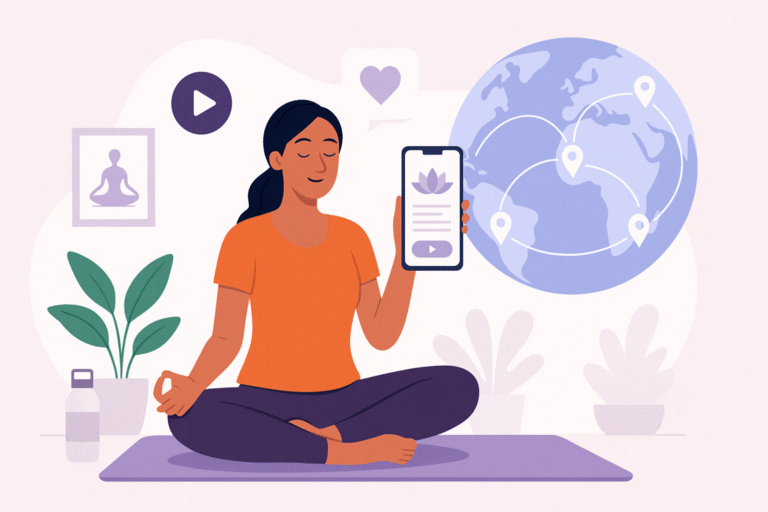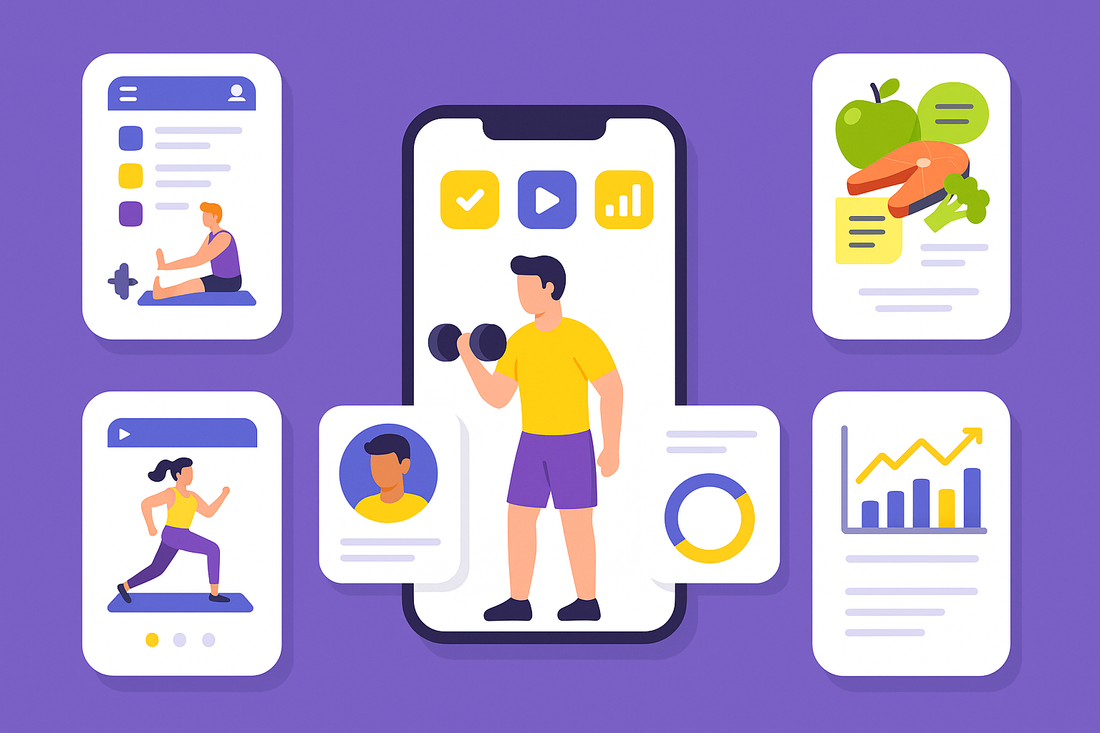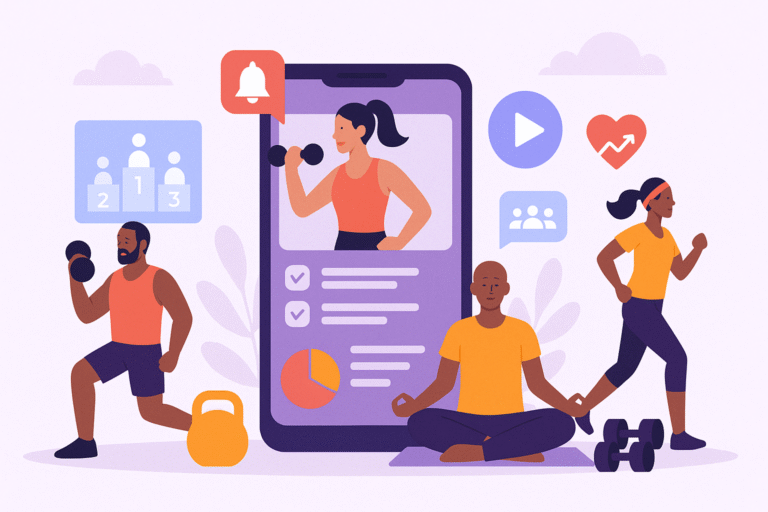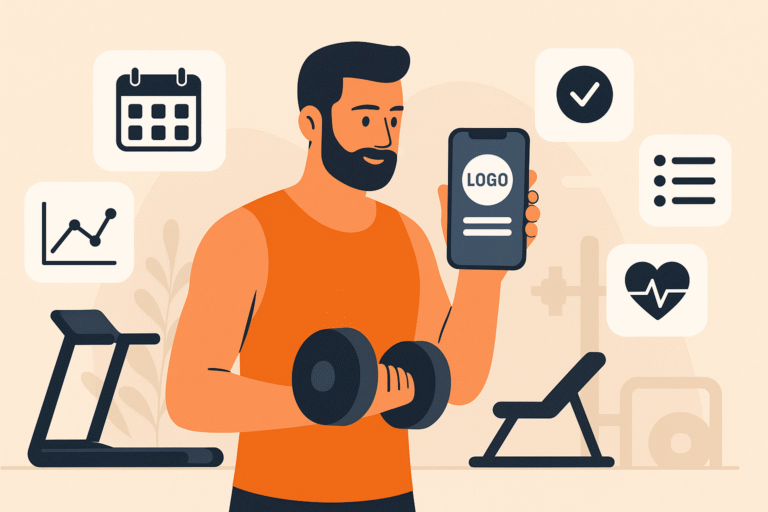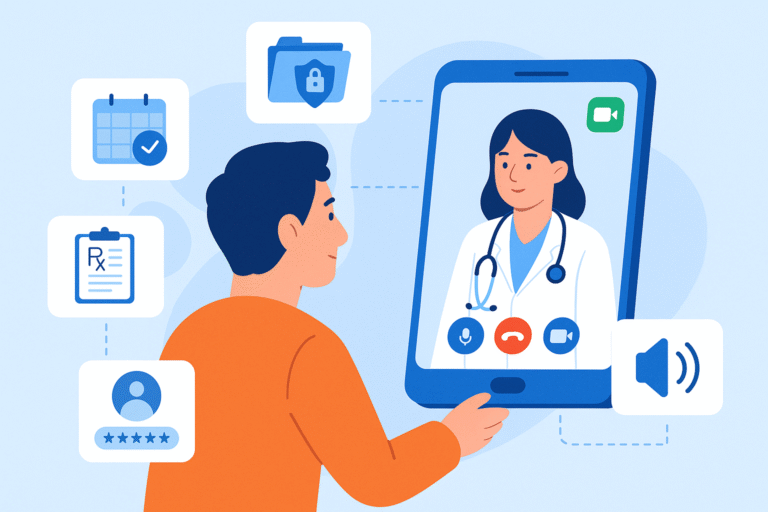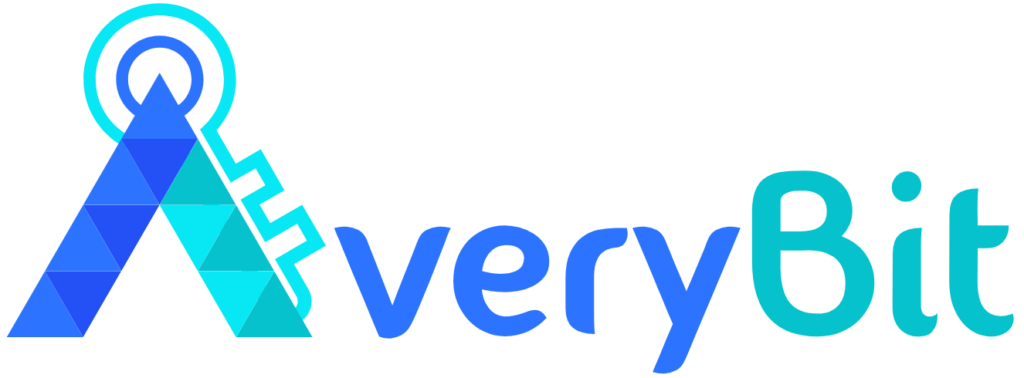In today’s hyper-connected world, it is very easy to get lost in the glow of our screens. It is no secret that we are more glued to our screens than ever. Whether it’s social media scrolling, work emails, or back-to-back calls, screen time has become a non-negotiable part os daily life. As our screen time climbs, our sleep quality often suffers, but the good news is it’s the era of mindful tech, where tools are designed not to distract, but to help and restore.
The problem is that excessive screen time, especially before bed, is quietly robbing our quality sleep. Poor sleep affects our mood, immune system, and overall productivity. In this blog, we explore five practical tech tools that will help you shift from screen time to sleep time without feeling like you are giving up on anything.
Here are the most effective tech tools that will help to bridge the gap between screen time to sleep time

Blue Light Filter Apps
Let’s start simple and smart. Using a blue light filter is the most effective tool for improving sleep. Most modern devices come with built-in blue light filters, and using them during your screen time can make a noticeable difference. Whether you are using night shift on iOS, night light on Android, or tools like f.lux on your desktop, turning on these filters after sunset is a great first step towards protecting your sleep.
Mindfulness and Meditation Apps
Apps like Calm, Headspace, and Insight Timer have become digital detox companions. These apps offer sleep stories, guided meditation, and breathing exercises. Sleep is not just about the body; it is about calming a racing mind. It doesn’t matter whether you are an overworked individual or an anxious student; integrating just 10 minutes of mindfulness before bed can significantly improve sleep quality.
Sleep Trackers and Wearables
If you want to optimise your sleep, then wearables like Oura Ring or Apple Watch can track your sleep patterns, heart rate, and even oxygen levels. These tools analyse your sleep cycle and offer insights into what’s helping or hurting your rest, and based on these insights, they recommend stress reduction habits and ideal bedtimes.
Digital Wellbeing Dashboard
Nowadays, devices come with built-in screen time management tools. These dashboards help you monitor how much time you spend on specific apps and set usage limits. These small habits encourage a healthier relationship with technology and create space for rest.
Smart Home Devices for Sleep Hygiene
Smart devices are not just cool; they also support you in achieving your digital detox goals. Smart lighting like Google Nest can gradually dim your lights to simulate sunset, encouraging your body to relax. You can also use smart speakers like Amazon Echo to automate bedtime routines, think guided sleep meditations, ambient sounds, or turning off devices at a set time.
Technology can be your ally if you use it properly. Here are a few quick tips to develop a healthier screen-to-sleep transition.
- Use blue light filters after 8 PM
- Replacing nighttime scrolling with a sleep story or meditation
- Prioritising apps that support rest
- Set a digital curfew at least 30 minutes before bed
Final Thoughts
While it might seem ironic to use tech to unplug from tech, these digital tools are designed with one goal: to help you live better, sleep deeper, and wake up more human. In the world that never shuts off, reclaiming your evenings is a radical act of self-care.
So tonight, instead of one last scroll, choose one last slow breath. Your mind and your morning will thank you.
Let’s Help You Sleep Better — One Small Step at a Time
